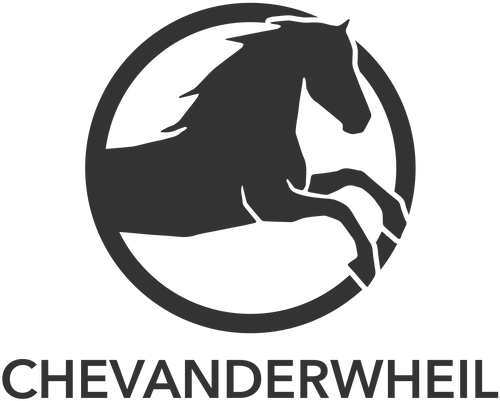Horse Racing Systems Using Form Figures
UK Horse Racing Systems Using Form Figures
There are many horse racing systems using form figures so which horse form figures are the best or shallI say which ones you need to focus on to find the winners of races. Some form figures carry more weighting than others such as course wins or distance wins and there are many more. I have written and developed many horse racing systems around horse form figures but course wins or distance wins is not enough you need more details. Let us look at an example horse race and focus on key horse form figures.

If we look at the screenshot above we can see a number of horses with CD – this means the horse has won over course and distance. One horse pointed to by the blue line has D which means distance winner.
13 Horse Racing Systems Free ( The ones you see on our website ) when you purchase our training course!
VIDEO COURSE HOW TO STUDY HORSE RACING FORM CORRECTLY

On the right hand side of the screenshot above we can see columns OR TS RPR these are the racing post horse form figures. Now we have a great deal of horse form data to analyse in the screenshot above but in my opinion you could not confidently place a bet with just this horse form data this is just the starting point. You will need a great deal more and I will touch on this next.
Previous Race Horse Form Figures
If look at the screenshot below I have underlined four influential past race horse form figures for the horse Muscika.

Our horse Muscika ran its last race on the 3rd December 2022 as pointed to by the blue line. In other words this is the horse’s most current race. This is a class 4 race as underlined by the brown line and the race had a £6k penalty value as underlined by the red line. The final horse form figure is the weight the horse carried in that race which was 9-2 as underlined in cyan. The weight 9-2 is 9 stone and 2 pounds. We can use these four horse form figures from the horse’s last race and compare these to the race today. A simple comparison is the horse stepping up in class i.e. from a class 4 to a class 3 race today. Is the horse carrying more weight in today’s race and is the penalty value more in today’s horse race.
But from past experience you need more horse form data if you are developing horse racing systems using form figures.
Ability And Consistency Horse Form Figures
In my experience after developing many horse racing systems using form figures for UK handicap horse racing there are two form figures that are essential. These two horse form figures are Ability and Consistency. If we look at Ability horse form figure first this is the average winning prize money a horse has won in its career to date. This only includes races where a horse has won a race and not placed prize money. This horse form figure applies to all racing codes the horse has run in. This Ability horse form figure gives us a good indication if the horse has the ability to win a race in different classes of race and race penalty values. I would not expect a horse with an Ability value of £3k win a race with a penalty value of £50k.
We now move on to horse form figure Consistency and how to calculate it. This is calculated by summing the last three race position for a horse. So if the horse finished 1st 4th and 2nd in its last three races the Consistency value would be 7. Now the horse form figures Ability and Consistency work well together as they indicate if a horse is in form and can win horse races at a certain class level and penalty value level.
Horse Racing Systems Using Form Figures Conclusions
I hope this has helped you to find more winners and develop your own horse racing systems. Reading horse form successfully is not easy and most punters fail at this and the bookies make money. Like with everything in life practice makes perfect and you need discipline and do not let your emotions affect your horse form reading.

